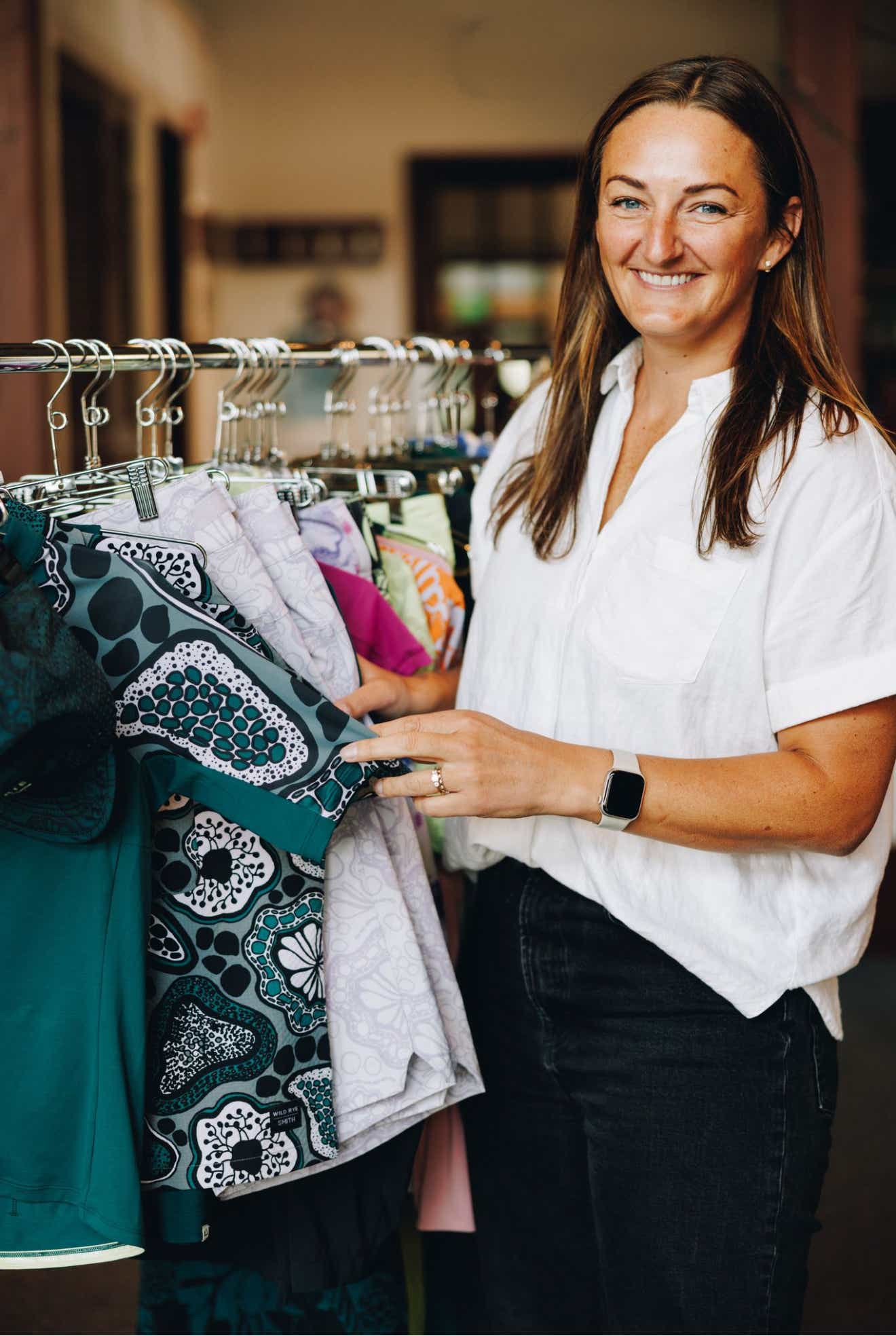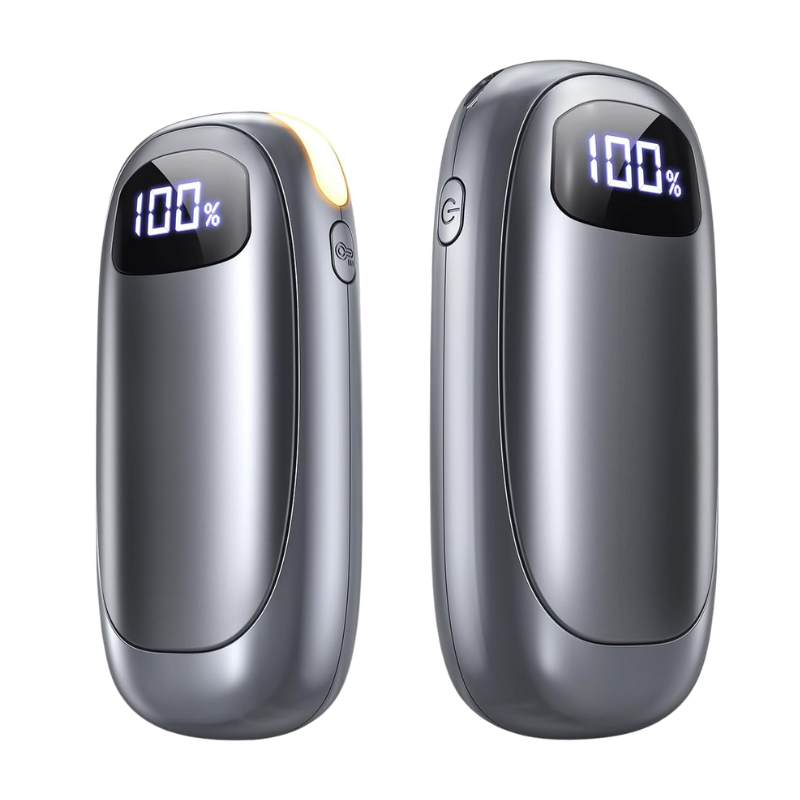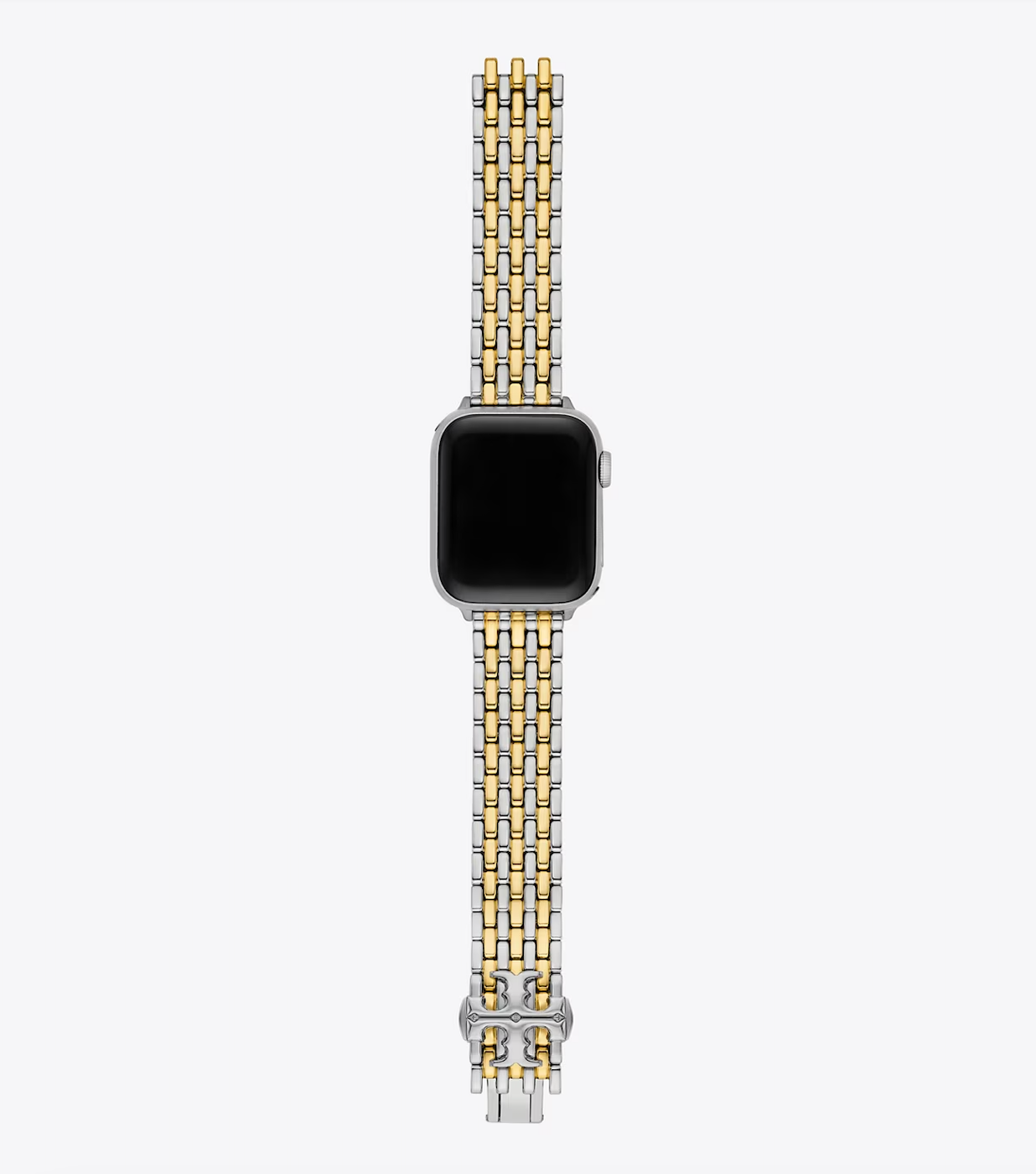At 57, after surviving leukemia, I launched my waterwear brand Line in the Sand with a few core priorities: sustainability, giving back to cancer and oceanic research, and manufacturing in the U.S. I wanted to do it “right.”
We were manufacturing in New York City, which you can imagine is very expensive, and we couldn’t compete with others in price. To cut back on costs, we tried a manufacturer in Arizona and spent almost a year in development with them before they closed. Then we tried a company in California, but the reliability and quality were not up to my standards.
We made a valiant effort to keep production in the United States, but found it was nearly impossible — like trying to drill for oil in Manhattan.
Because of the volatile political situation, I wanted to avoid moving production to China. But I found a respectable factory, staffed by skilled women. Our operations were running smoothly, and business was growing — until Trump’s tariffs hit.
Suddenly, a $50 garment faced $73 in added tariffs, raising the cost to $123. To make a profit, we’d have to sell it for $250 — well beyond what our customers would pay. And I don’t blame them.
After six years in business, 10,000 garments sold, and a loyal customer base, our future is uncertain. Changing manufacturers is no quick fix. It requires creating and tweaking new samples, which takes time, money, and a massive commitment. Less profit means less to give back.
People often ask why we don’t just set up manufacturing in parts of the U.S. where people need jobs. But think about it: That would mean buying equipment, securing a facility, and training workers. That would take a surplus of funds and time — which we don’t have.
When Trump announced a 90-day tariff truce with China, I scrambled to make it work. Maybe we could complete our current order before the new rates took effect. But what if shipments are delayed beyond the truce? Will they be retroactively taxed? Even if we produce all the current orders in time, we’ll be back in limbo in three months. And based on recent whiplash-inducing policy shifts, I wouldn’t be surprised if the truce ends abruptly.

I’m hoping that the tariffs go away, but hope is not a smart business strategy. I’m deeply worried and weighing hard options — from relocating (an expensive, slow process) to selling the business to someone with established manufacturing channels.
As I scrambled to devise a plan to keep my business afloat, I remembered I wasn’t alone. There are so many small businesses out there impacted by these tariffs, trying to keep their staff employed and their customers happy. And for women entrepreneurs — already navigating a tougher landscape due to entrenched bias — the fallout is especially severe.
I reached out to other female founders for more perspective. They paint a picture of the damage these tariffs can do, so I wanted to share them with you.

Lynn Peterson, Founder of SWOOP
As the founder of SWOOP, an Alaska-based women’s apparel brand, I’m facing a financial crisis that could end everything I’ve built. I started this company at my kitchen table after a grueling 12-hour ER shift, frustrated that I couldn’t find a bra that worked for women like me — on the move, working hard, living life fully. Today, SWOOP has grown into a national brand, but with these new tariffs, it may all come crashing down. I have $300,000 worth of inventory sitting in China, and with the new 145 percent tariff, I now owe an additional $435,000 just to bring in products I’ve already paid for. That’s not a hit to my bottom line — it is my bottom line. Every dollar of that unexpected cost was supposed to pay my employees, keep inventory flowing, and keep this business alive.
The crisis isn’t coming — it’s already here. I don’t have enough inventory on hand to meet customer demand or keep SWOOP fresh and relevant in a fast-moving retail market. If I can’t bring in new product, I can’t sell. And if I can’t sell, I can’t survive. These tariffs aren’t punishing foreign governments — they’re crippling small businesses like mine that don’t have the cash reserves or corporate safety nets to weather this storm. I’m left sitting at my kitchen counter wondering, do I take on crippling debt? Do I raise prices on the very women I started this brand to support? Or do I walk away from everything I’ve worked for?
The 90-day delay gives us a little time to hold steady on spring pricing, but it’s hard to plan long-term with so much uncertainty.

Cassie Abel, Founder of Wild Rye
Wild Rye, a technical outdoor apparel brand for women, explored U.S. manufacturing early on — and nearly sank before we even launched. In recent years, we’ve worked hard to move production out of China, but minimum order quantities (MOQs) in most countries remain too high for a brand our size.
Now we’re facing $1.2 million in tariffs on a $700,000 order for our Fall/Winter line — up from the $200,000 we had budgeted. That’s a sudden and unmanageable $1 million shortfall. As a result, we’ve frozen hiring, drastically slowed product development, and are preparing a Wefunder campaign to bridge the gap — though it means giving up more of the business than I’d hoped at this stage. Like many small brands, our working capital is backed by personal guarantees — my home included.
The good news? Wild Rye is finally reaching the scale where non-China factory partners are willing to work with us. We expect to move production by Spring/Summer 2026. We just have to make it that far. But I worry deeply about the many small businesses that haven’t yet reached this tipping point.
The 90-day delay gives us a lifeline, but with a combined tariff load nearing 60 percent, it’s still unsustainable. We’ve already paused some production, and now we’re unsure if those goods will clear Customs in time. We’ll likely have to raise prices and cut products with thinner margins. It’s a tough road ahead.

Alice Kim, Founder of PerfectDD
PerfectDD — pronounced “perfected” — is proudly made in America, but recent tariffs have created new challenges for small, women-owned brands like mine. As more companies bring production back to the U.S. to avoid import tariffs, competition for limited factory space has intensified. Larger brands with bigger orders often get priority, leaving smaller businesses like mine squeezed out or forced to pay higher prices to compete. With increased domestic demand, the cost of goods sold is also rising, as brands are now vying for the same limited inventory of materials like Supima/ Pima cotton, a commodity whose prices have generally been increasing recently due to supply chain disruptions, weather impacts, and heightened demand. While these policies aim to boost domestic manufacturing, the reality is that, when margins are already tight, small brands are at risk of being pushed out unless there is expanded capacity or targeted support.
The good news is that I have contingency plans in place. The bad news is that these sudden policy reversals create disruptions for small businesses, especially when decisions seem to change on a whim. Time, energy, money, and resources are wasted, especially for small businesses, because of these thoughtless decisions.

Christa Cotton, Founder of El Guapo Bitters
As a small business owner, I can tell you that many of the materials we rely on — especially for packaging — are no longer made in the U.S. Skilled labor and specialized machinery for custom glass and closures were outsourced years ago. Rebuilding that infrastructure will take generations.
Tariffs on these imports don’t encourage domestic production — they just guarantee price increases because there are no viable U.S. alternatives. On top of that, constantly changing tariff rates and timelines create deep uncertainty, making it nearly impossible to plan ahead.
This volatility is undermining consumer confidence and contributing to broader economic instability, just when small businesses are fighting hardest to survive.
The back-and-forth from this administration has made it nearly impossible to plan or adapt with any confidence. The damage has already been done. These tariffs aren’t a band-aid you can just rip off. Decisions made in haste, without a long-term strategy, have real consequences for the people trying to build sustainable American businesses in an increasingly unpredictable landscape.













